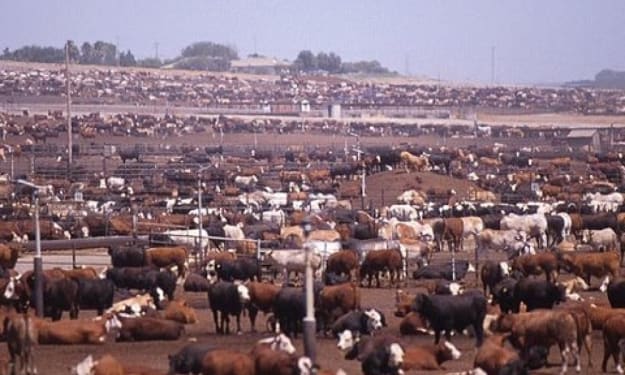Sea level rises due to global warming
How high will they go? And when?

It seems that an inevitable consequence of climate change will be a rise in sea level that will have disastrous consequences for low-lying regions across the world. The questions that arise are – how high and when?
A 2-degree (Celsius) rise in global temperature
This figure relates to the difference between the average global temperature in pre-industrial times and what is predicted to be the figure by the middle of the century. Restricting the rise to this figure is now seen as the best hope, although it will be difficult to achieve this unless action is taken to restrict the increase in atmospheric carbon dioxide that results from the burning of fossil fuels.
It has been estimated that sea levels will rise by about 0.8 metres simply as a result of the expansion of water caused by the extra heat.
Inevitable ice shelf collapse in Antarctica
However, a temperature rise of two degrees will have other consequences that will add to the 0.8 metre sea level rise mentioned above.
Vast quantities of water are sealed in solid form in the northern and southern ice caps but, if global temperatures continue to rise, melting at the margins will outstrip any increases in snowfall that might occur in the centres (and which are a consequence of global warming anyway).
One particular cause for concern is the fate of the West Antarctic ice sheet. In West Antarctica there are two glaciers that have reached the point of no return – whatever happens to global temperatures over the next few decades they cannot be saved, and neither can the ice sheet to which they contribute. This is the conclusion of scientists working at the University of Washington in Seattle.
The reason why this ice sheet is so vulnerable is its shape. It sits in a deep basin and its base is about two kilometres below sea level. At present, only a small area of the ice sheet is exposed to the warmer water that causes it to melt, but as the ice retreats it will allow more of that water to penetrate into the basin and down to lower levels. This will serve to accelerate the melting, and will make the final collapse inevitable.
When the ice sheet goes, the eventual result will be an additional 3.3 metres in sea level rise. Other melting can be expected from glaciers in other parts of the world, which would add another 0.4 metres to sea levels.
This all adds up to 4.5 metres of “extra ocean”.
Is that all? Maybe not
If the global temperature goes beyond a two degree rise, the eventual consequences could be a great deal worse. Should the figure go to four degrees – which is entirely possible – then all cards are off the table. There are two ice sheets in East Antarctica that would be vulnerable and could release vast quantities of extra water to the oceans.
The Greenland ice cap is also at risk, and the threshold for its irreversible loss could be reached within 50 years (although the actual melting would take a great deal longer than that).
If all the ice at risk were to melt, then a 4.5 metre rise would pale into insignificance – the oceans could rise by as much as 19 metres. Obviously, the consequences for low-lying islands and coastal areas would be catastrophic, with vast areas of farmland being destroyed and whole nations disappearing below the waves. Even the predicted 4.5 metre rise would be disastrous for places such as The Netherlands and southern Florida, for example.
When might this happen?
That is the question to which everyone would like to know the answer. It might take 100 or 200 years for the 4.5 metre level to be reached, and it might be thousands of years before the more general inundation mentioned above occurred. However, even a one metre rise would have serious consequences in some parts of the world, and that could well happen within the lifetimes of people alive today.
Can it be stopped?
The 4.5 metre rise cannot be stopped; it does not matter what measures are introduced to cut greenhouse gases in the short or medium term because the processes leading to ocean water expansion and the collapse of the West Antarctic ice sheet are irreversible.
However, it should be possible to slow down the rate of global warming to a point at which the other potential disasters are pushed far into the future or even postponed indefinitely. As to whether we will have the courage to take the steps that will save future generations from the follies perpetrated by past and current ones is another matter altogether.
About the Creator
John Welford
I am a retired librarian, having spent most of my career in academic and industrial libraries.
I write on a number of subjects and also write stories as a member of the "Hinckley Scribblers".






Comments
There are no comments for this story
Be the first to respond and start the conversation.